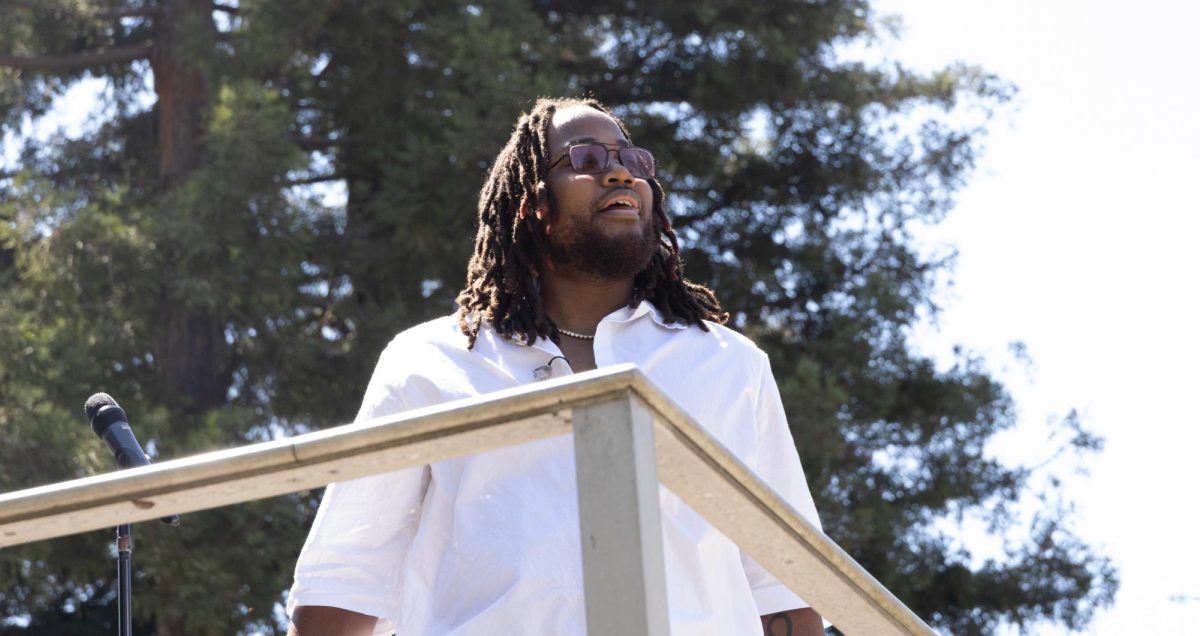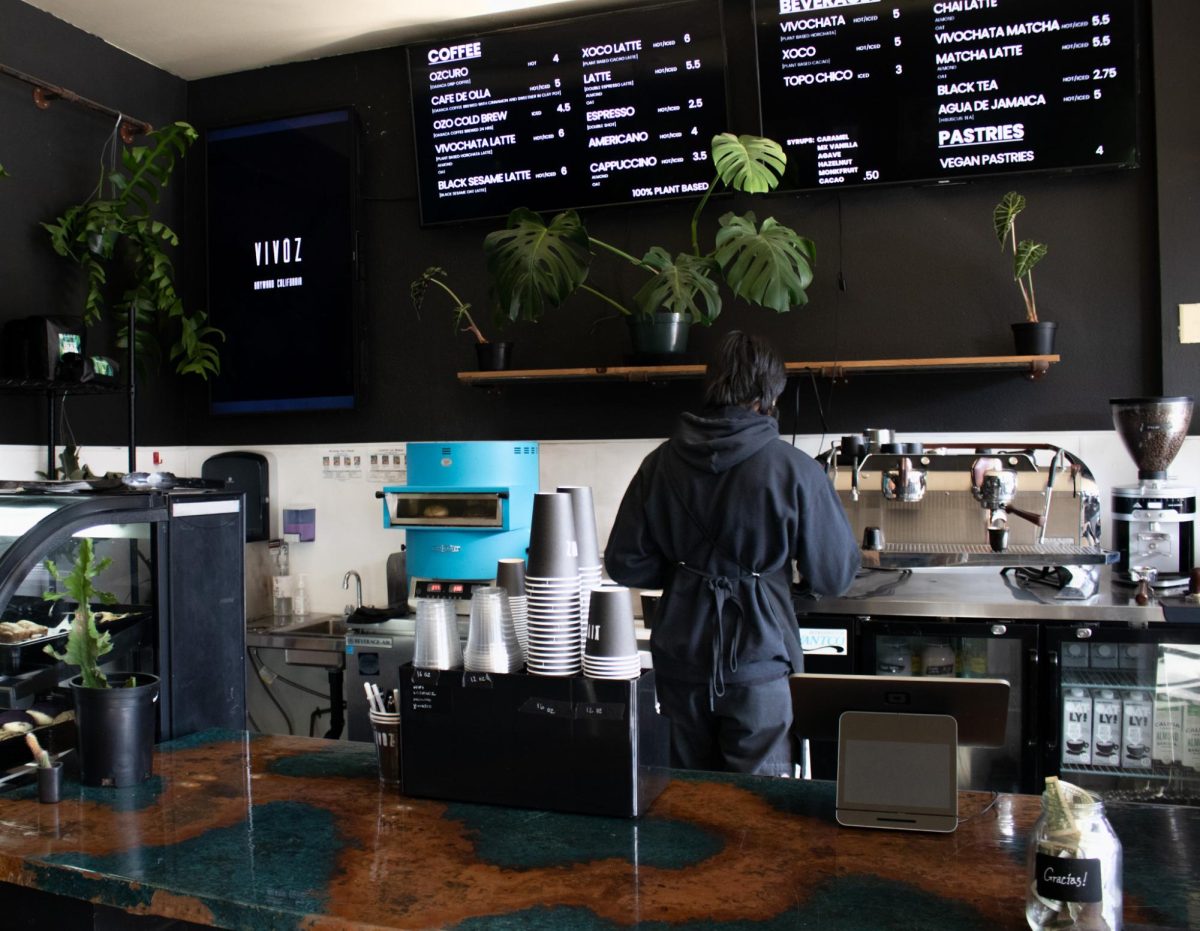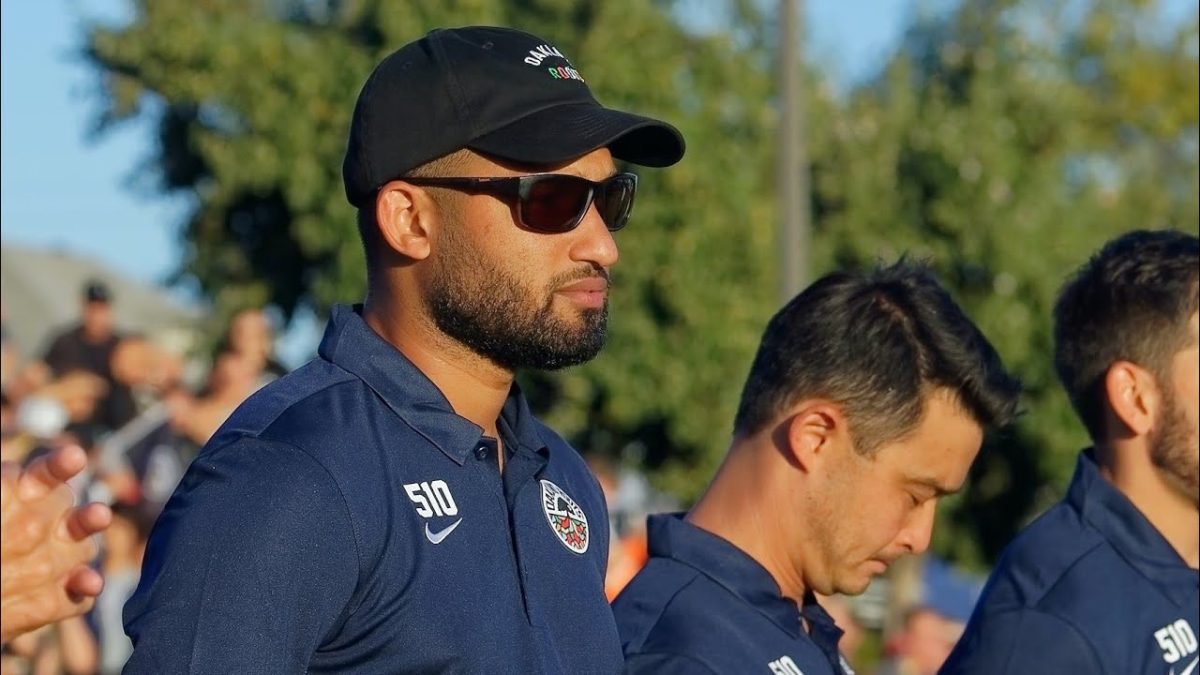 The first ever social media role was set up by CSU East Bay, which led the way for the rest of the CSU system, according to Kimberly Legocki, Director of Social Media Relations at CSUEB.
The first ever social media role was set up by CSU East Bay, which led the way for the rest of the CSU system, according to Kimberly Legocki, Director of Social Media Relations at CSUEB.
“Social media bring us one step closer to a virtual campus that is not limited by physical space or class size,” said Legocki. “I’m excited to see what happens in the future when students can literally engage anytime, anywhere.”
The University has a social media “road map” comprised of accounts on Twitter, Facebook, a news blog, Digg, Delicious, LinkedIn, and RSS feeds, according to Legocki.
“CSUEB is centering their online attempts tactically to be sure that the University accesses and impacts the audiences that are most important,” said Legocki.
“Social networking is a great way to communicate,” said David Youngblood, a Kinesiology major.
“Online moves faster than other ways of communication and social networking can only get better and faster.”
“The role of a Social Media Relations Director at a university is to manage online communications about the university, as well as increase institutional visibility through multimedia projects,” said Legocki.
She works as a consultant to departments and campus groups that are interested in establishing a social media program.
“Social media technology has completely changed the college experience.
From ‘meeting’ new people on Facebook, to citing a podcast for a research paper, to collaboratively creating online presentations,” said Legocki, “it has expanded communication
channels for students to ask questions, share mutual experiences, and interact with others.”
 The social media website that is most popular among college students is Facebook, due in part to the ease with which it helps people stay in touch. “It helps you communicate with those that live far away,” said Keith Clayton, a business major.
The social media website that is most popular among college students is Facebook, due in part to the ease with which it helps people stay in touch. “It helps you communicate with those that live far away,” said Keith Clayton, a business major.
Legocki said, “Everyone should know that most social media websites, like Facebook, are created to make money through targeted advertising.”
Facebook is apparently leading the way.
“This month, Facebook introduced new application controls, which offer more transparency regarding when and what user information is requested by third-party applications running on Facebook’s platform,” said Kurt Opsahl of the Electronic Frontier Foundation website.
“Facebook is also moving the application controls into the privacy controls section of the site, where users concerned about app privacy are more likely to find and interact
with them.”
Such controls have been introduced under the Bill of Privacy Rights for Social Networking, which is looking to let the users of social media websites decide how much personal information is made public, according to Opsahl.
Some of the key concepts are to “honor the privacy policy and terms of service” and “obtain prior consent before significantly changing who can see personal data,” according
to Legocki.
Those who oppose social media privacy argue that if you do not want your personal information shared, do not make it available on the Internet.
“I don’t have a problem with social media networking,” said security guard Dustin Kennerley of Campus Security, “However, some people post phone numbers on the Internet and that is not always safe.”
















